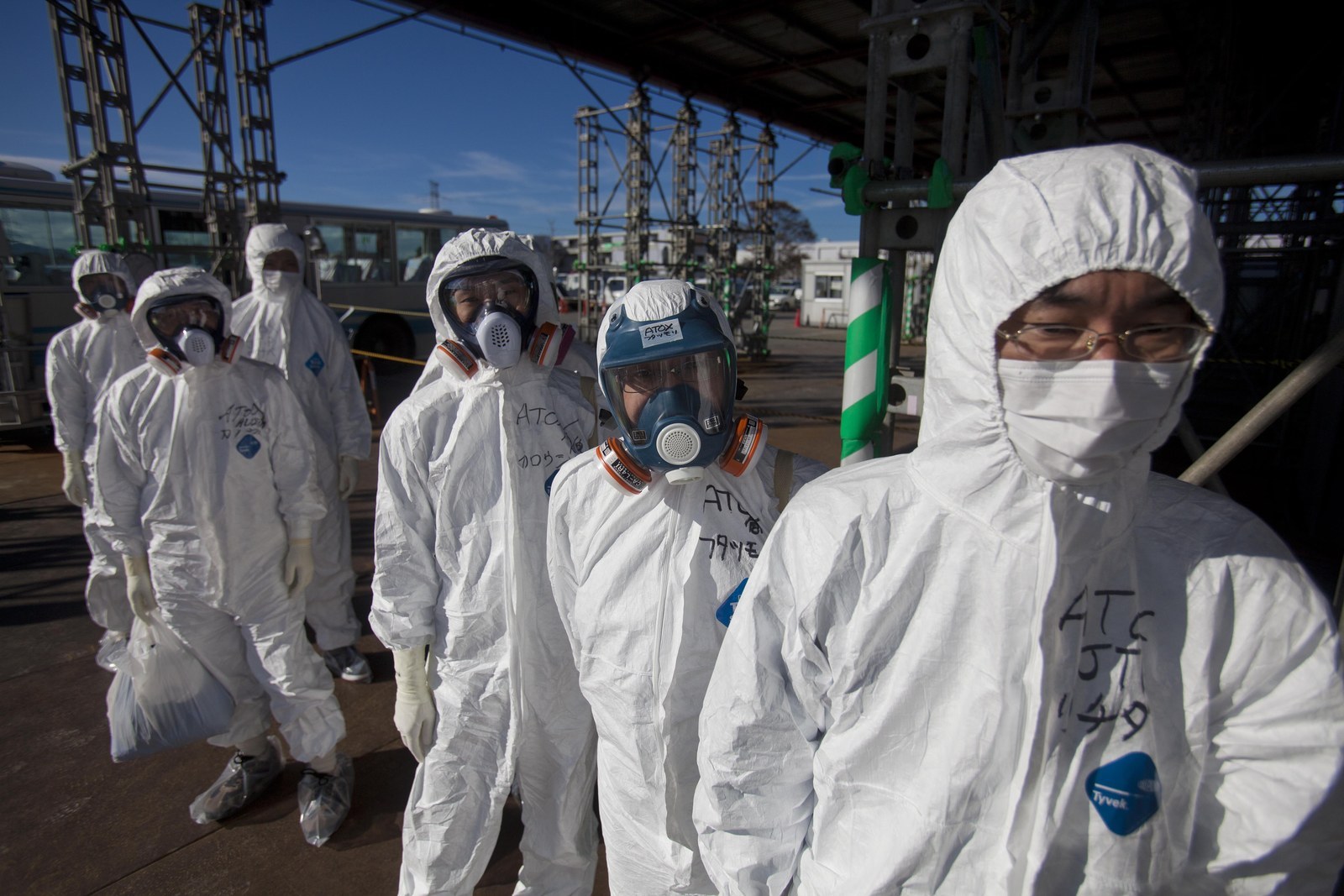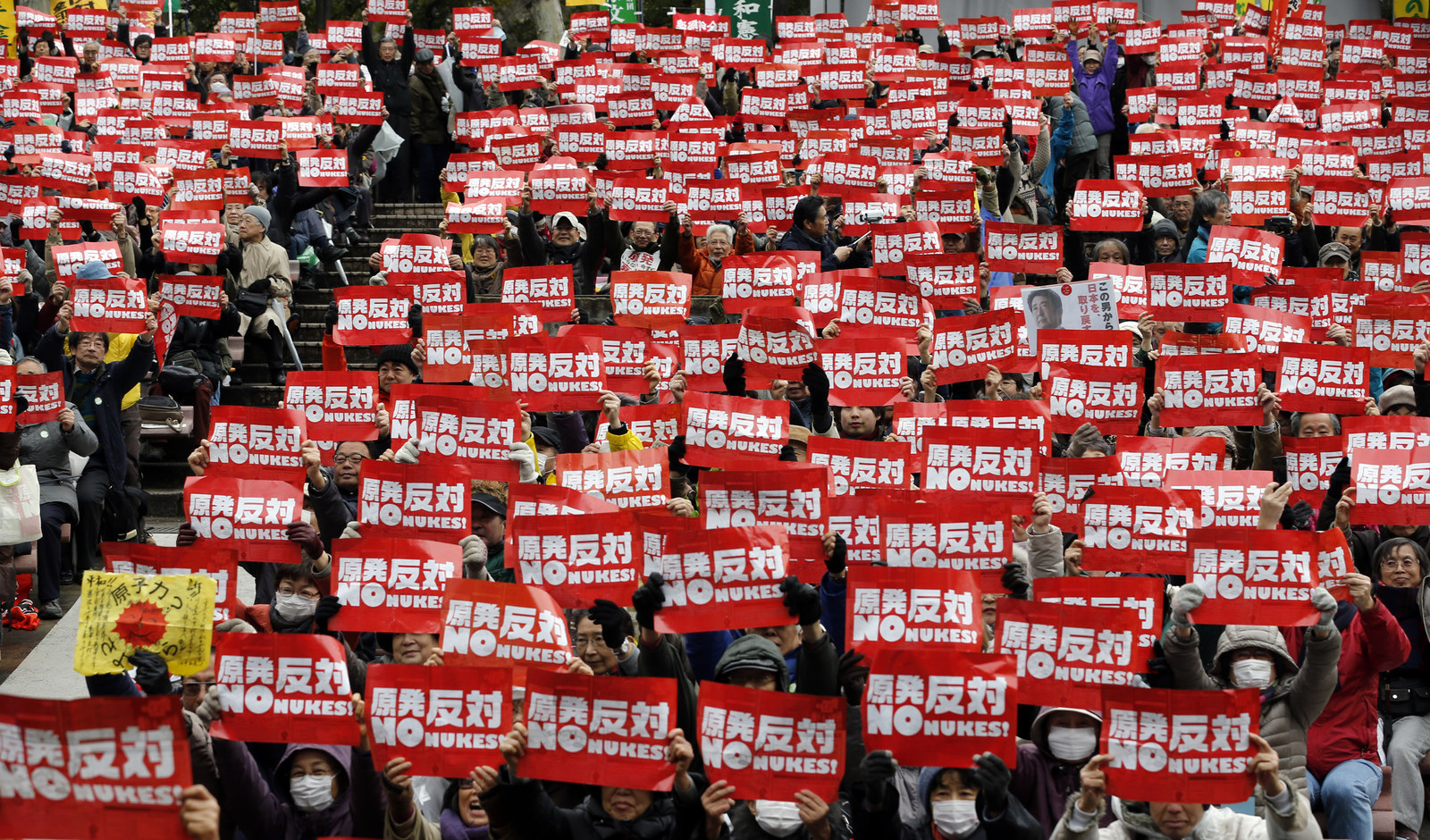
Japan marked a small return to nuclear power on Tuesday, restarting one of its 43 reactors more than four years after the Fukushima meltdown, which came amid a powerful earthquake and tsunami.
Kyushu Electric Power Co. confirmed that it restarted the No. 1 reactor at its Sendai nuclear plant early Tuesday, a move that had been planned for months. The reactor is the first to be brought back online under strict new safety measures put in place after the meltdown in Fukushima, which prompted the evacuation of more than 100,000 people due to radioactive contamination.
The reactor is scheduled to start generating power on Friday and reach full capacity next month, the Associated Press reported.

Northern Japan was rocked in 2011 by a powerful 9.0 earthquake off the Pacific Coast of Tohoku, sending a devastating tsunami that wiped away entire coastal communities. More than 15,000 people died as the tsunami flung huge container ships far inland and swept cars out to sea like empty soda cans.

The massive event was too much for the Fukushima Daiichi nuclear power plant. The damage caused by the shaking and subsequent tsunami initiated a series of equipment failures that led to loss of reactor coolant and, eventually, meltdown.
Officials say they are confident in new measures meant to better protect equipment and bolster contingency plans.
"Our policy is to push forward restarts of reactors that cleared the world's toughest safety screening by the Nuclear Regulation Authority," the AP reported Prime Minister Shinzo Abe as saying Monday.
All of Japan's 42 other reactors have been closed for the last two years and will remain so, which means the nation will continue to rely on costly imported power.
But while the government has been pushing for a return to nuclear power — setting a goal for the reactors to provide more than 20% of the island nation's energy by 2030 — residents remain wary.

Hundreds have staged protests in the lead-up to the reactivation at Sendai, arguing that Japan's reliance on nuclear power is too expensive and, as the 2011 tsunami and earthquake showed, dangerous.
Opponents also say they don't trust that new evacuation plans and other contingencies will work in the event of another disaster.
